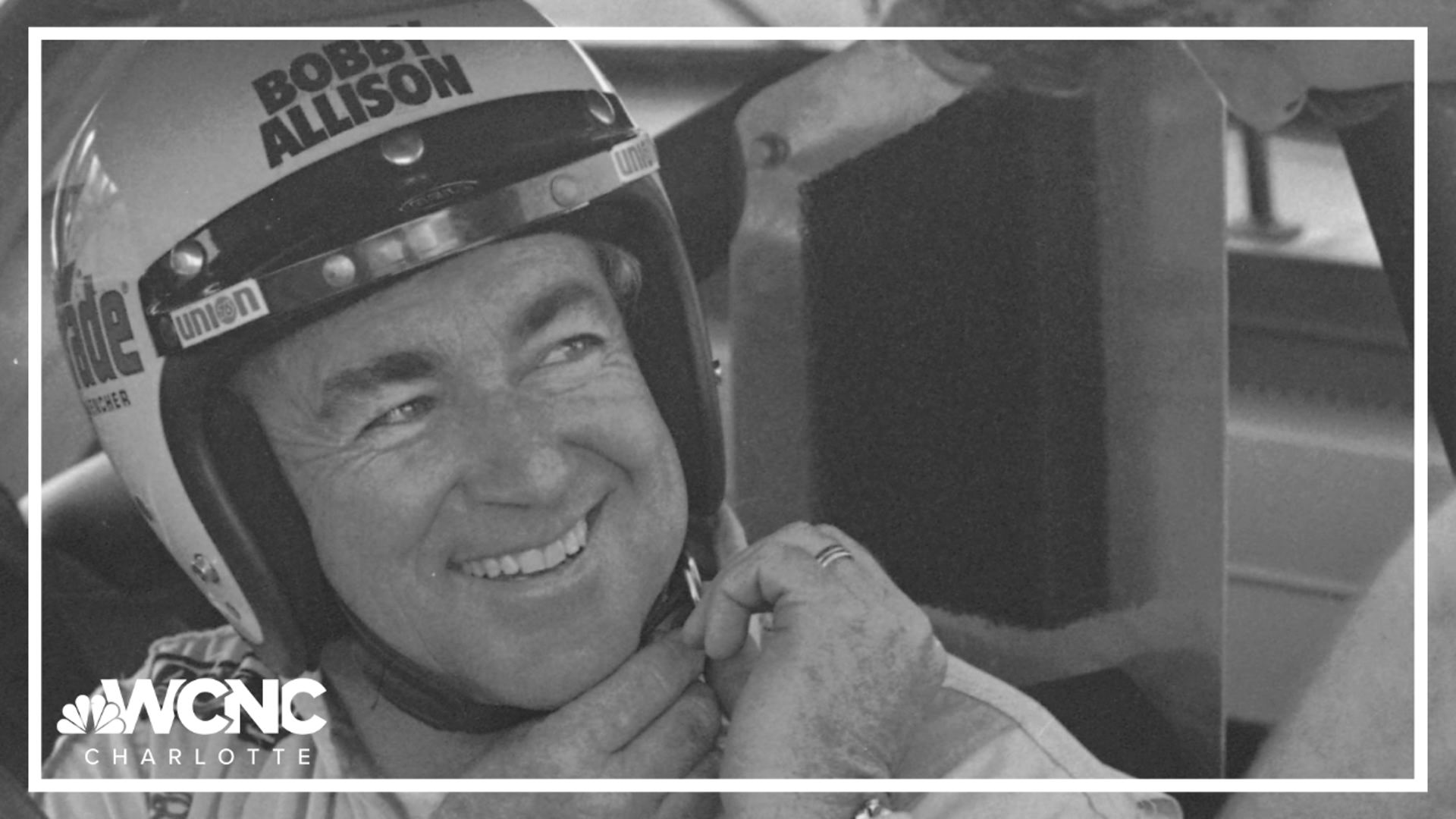CHARLOTTE, N.C. (AP) -- The death of Indianapolis 500 winner Dan Wheldon has sparked safety discussions throughout motorsports just as NASCAR heads to one of the fastest tracks on its circuit.
With Wheldon's death -- he was killed in a spectacular 15-car accident Sunday at Las Vegas Motor Speedway -- comes intense scrutiny from a curious public that's often entertained by the crashes and multiple car pileups. Just last weekend, the crowd at Charlotte Motor Speedway roared with approval when five-time NASCAR champion Jimmie Johnson wrecked hard into the wall.
Now NASCAR, which has made significant safety improvements in the 10 years since its last fatal accident, heads to Talladega Superspeedway. The 2.66-mile speedway is four lanes wide, has 33 degrees of banking in the turns and, like sister track Daytona International Speedway, has long been noted as a place where the big one can happen in the blink of an eye.
Talladega -- it's fast, it's high-banked and we all know what we're in for when we go there, said Robin Pemberton, NASCAR's vice president of competition, earlier this week.
NASCAR requires the use of horsepower-sapping restrictor plates at both Daytona and Talladega in an effort to curb speeds that can hit 200 mph. Bill Elliott holds NASCAR's all-time qualifying record with a lap of 212 mph in 1987, the same race in which Bobby Allison was nearly killed when his car flew into the fence.
Restrictor plates were mandated at Daytona and Talladega that season.
The track also was the site of a frightening 2009 accident involving Carl Edwards, the current Sprint Cup Series points leader.
Edwards' car went airborne and into the catchfence, which bowed, but held and sent his car shooting back down onto the track. He then climbed from his car and ran on foot across the finish line.
That race was one of the first indications of how two cars could work together in the draft, as Brad Keselowski and Edwards had hooked up to move into the lead. Edwards' accident happened as Keselowski moved around him to pass for the lead, and the two cars touched as Edwards tried to block the move.
The two-car draft has evolved since then into the primary way drivers race at Daytona and Talladega. In an effort to curb the two-car tandems, NASCAR increased the size of the restrictor plate and ordered an adjustment to a valve on the cooling system.
The changes should make the cars as much as 5 mph faster, but the cooling system modification means the engines could overheat faster and force cars not to stay locked in together for too long. NASCAR has indicated it doesn't want cars maintaining 200 mph for too long, and Johnson said it was up to the sanctioning body to keep an eye on the numbers and make sure the speed doesn't get too high.
The faster the car, the easier it is to go airborne.
There is a threshold for all the cars where they're airborne, and as we go to Talladega with a larger restrictor plate, we get closer to that threshold, Johnson said.
The element of danger, and the excitement it creates, is what draws many fans to Talladega and Daytona. So there was a large howling heard after each of the first three plate races this season from fans unhappy with the two-car draft style of racing.
It didn't matter that the races produced record lead changes and fabulous finishes: There seemed genuine anger over the lack of drama created from 43 cars racing door-to-door for 500 miles.
In an effort to maintain its self-professed reputation as NASCAR's most competitive track, Talladega this weekend is offering a $100,000 bonus to the driver who makes the most passes for the lead. The April race at Talladega had a NASCAR-record 88 lead changes, and the track thinks it could get as many as 100 lead changes Sunday.
Our fans look forward to seeing a lot of passing and a lot of lead changes, said Talladega chairman Grant Lynch. It makes sense to put an extra incentive on giving our fans what they want. The new rules package, that includes a larger restrictor plate opening, should give drivers the opportunity to really mix it up and pass even more in traffic.
Wheldon was racing for a $5 million bonus offered by IndyCar on Sunday if he could win the race from the back of the pack. Although it played no factor in his death, critics have pointed to the incentive as possible motivation for him to drive aggressively through the field.
Talladega's offer is unlikely to spur drivers to race any differently, although Kurt Busch, a four-time runner-up at Talladega, said he'll try to win it.
I told Grant that we'll definitely be aiming at taking his bonus money, Busch said. I'm sure that the TV guys will be all on top of that. We'll be doing everything we can to win that extra 100 grand.
Still, there's a sense of immortality in racing right now. Drivers know the risks, accept the danger, and put it out of their minds each time they get into the car. Despite all the safety improvements in the 10 years since Dale Earnhardt's fatal accident on the last lap of the 2001 Daytona 500, the work is never done and Wheldon's death emphasized that to everyone.
You'll never reach safety, said driver Jeff Burton, one of NASCAR's strongest safety advocates. It's not a goal, it's an effort, and there's no way that you can ever be as far along as you want to be.


